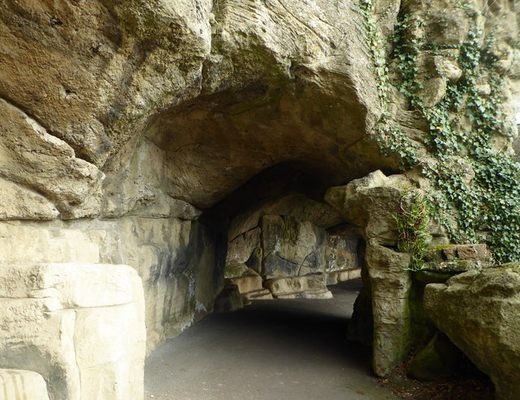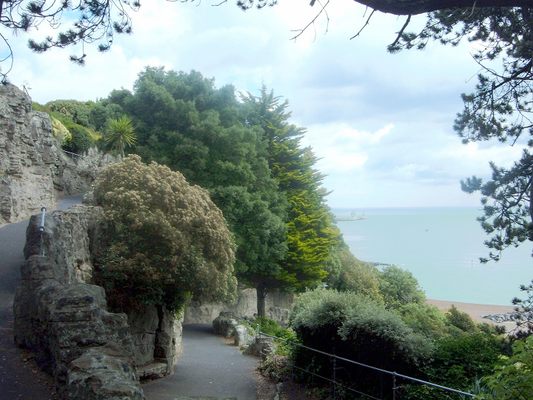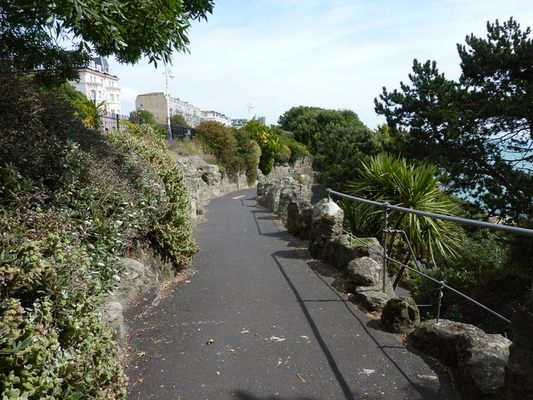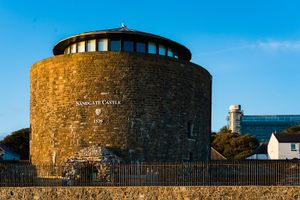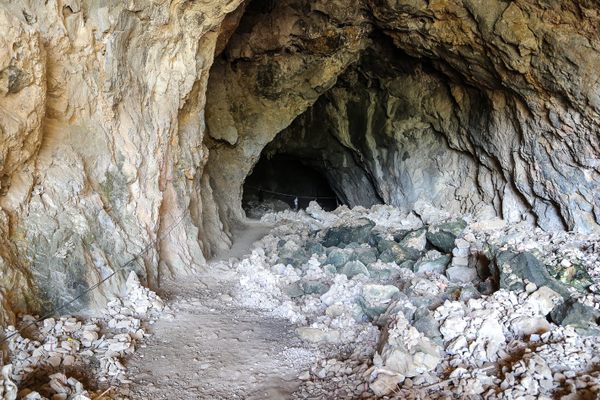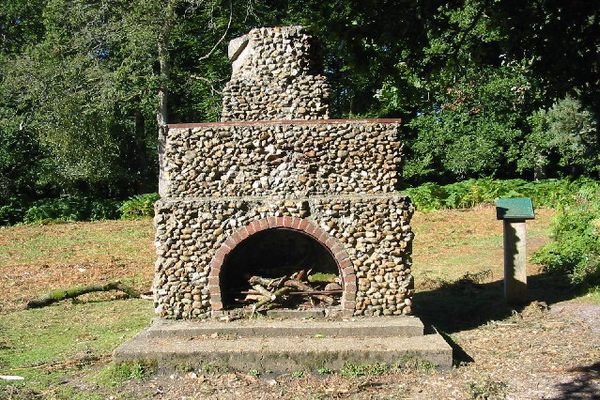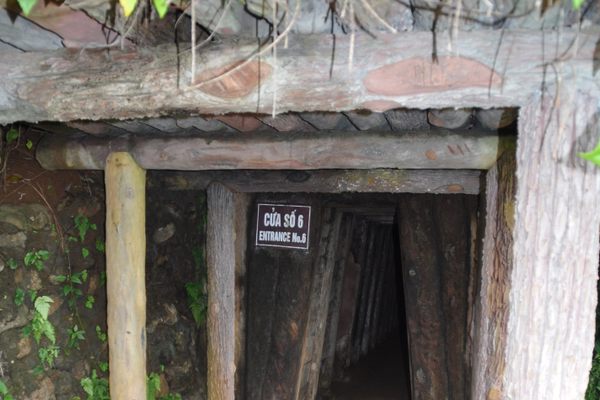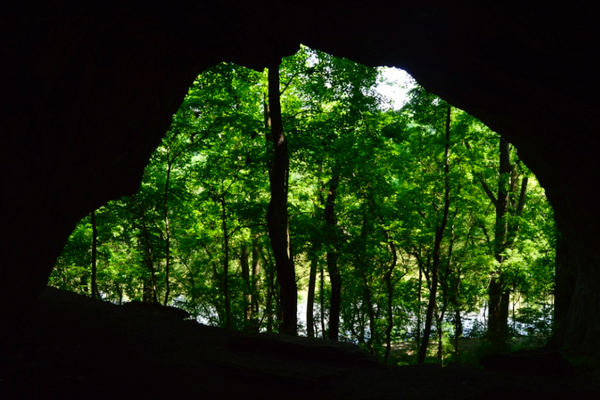About
After the First World War, many soldiers returned from the battlefield to face a precarious state of unemployment in Great Britain, which was in a major economic recession. One way the British government attempted to deal with this problem was to develop a number of public work schemes across the country.
One such project was the construction of the Zigzag Path in the leas area of the coastal town of Folkestone. It began in 1921 and mobilized hundreds of local war veterans to build a new ornamental feature in the Lower Leas Coastal Park. This winding path leads down the cliff from the Upper Leas to the seafront, stretching over an area approximately 160 feet high and just as wide.
The steep but scenic walk down to the Lower Leas zigs and zags through artificial grottoes sculpted out of a material known as Pulhamite, a mix of sand, cement, and rubble. The workers also built several landscape features along the path, such as steps, seats, plant pockets, low walls, tunnels, arches, and of course, the series of linked caves.
The European fashion of including grottoes in private gardens began much earlier, in the late Georgian era and the Victorian age. But the trend continued into the 20th century in Edwardian Britain, where grottoes became incorporated into public gardens as well. Today, more than a century on, the Zigzag Path in Folkestone still stands as a testament to this period of local history, and an interesting feature of the seaside town.
Related Tags
Know Before You Go
The ornamental cave walkway is located in the Lower Leas Coastal Park and is free to visit.
Published
August 9, 2019



